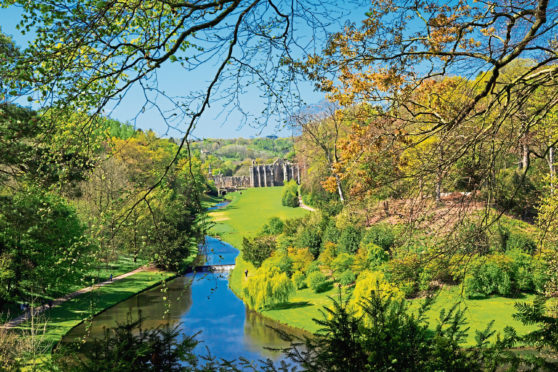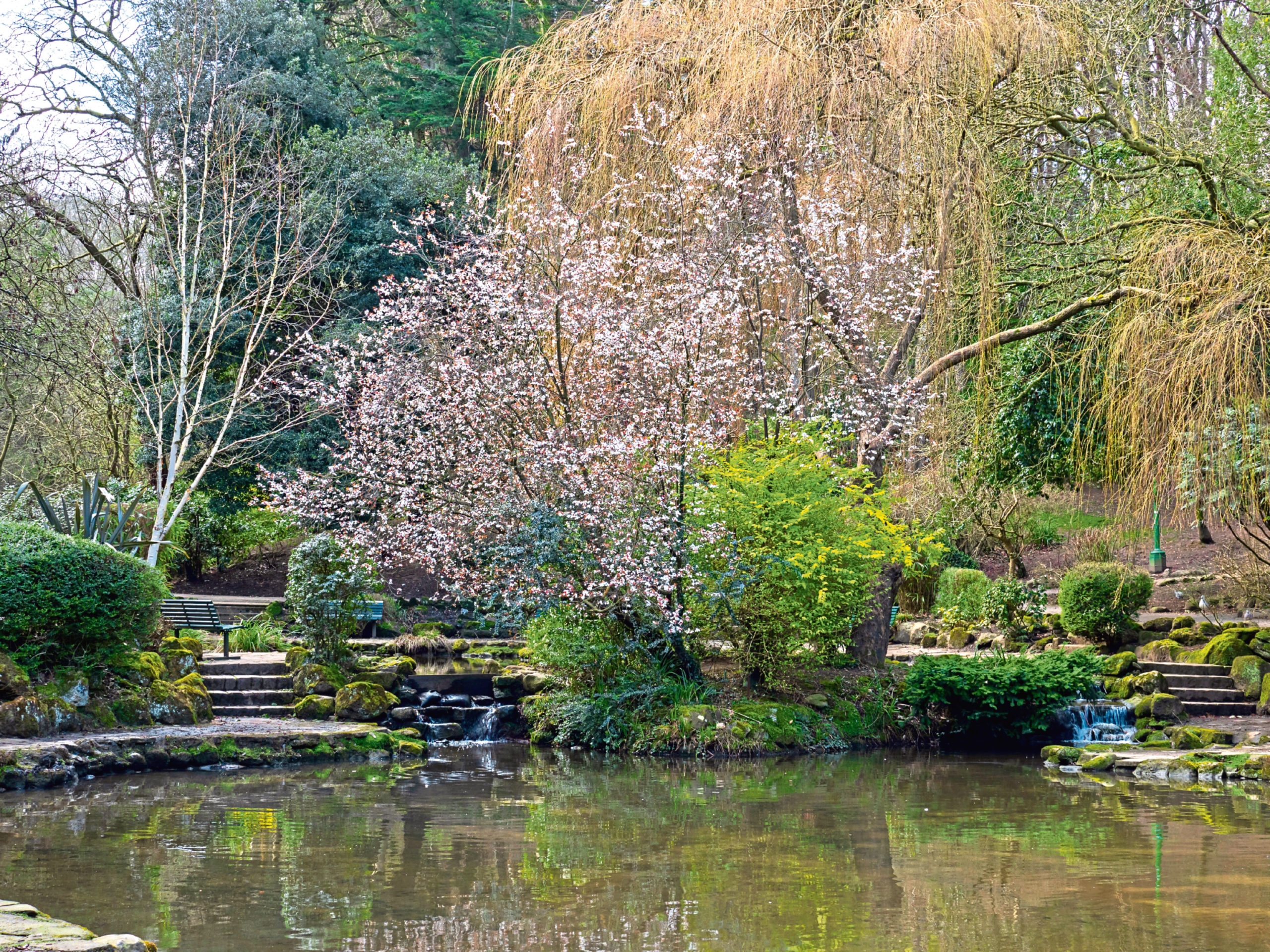
Since childhood, I’ve had an endless fascination with locked doors and hidden places.
I know I’m not alone. It’s a topic I discuss at length with my partner on our rainy drive to Yorkshire.
The spark for our debate is a film adaptation of Frances Hodgson Burnett’s classic children’s novel, The Secret Garden. Starring Colin Firth, Julie Walters and Dixie Egerick, it was released in cinemas a month ago, following several Covid-related delays.
It tells the story of Mary, a spoiled orphan raised in India, who is sent to live with her uncle in Yorkshire. She arrives to find a moribund household tormented by illness and a loss of loved ones. But the discovery of an abandoned, garden becomes a place to cultivate a happier future.
Although shot in various spots around the UK, the film features many locations in Yorkshire. Grand manor houses, medieval ruins and majestic landscapes make the region a natural fit.
On a quest to discover what’s on offer, I base myself in Helmsley for the weekend, at the foot of the North York Moors National Park. A picturesque market town of cosy pubs and cafes with glowing windows, it’s an atmospheric setting.
Occupying one of the historic stone buildings is The Feversham Arms and Verbena Spa, a former coaching inn rebuilt by the Earl of Feversham in 1855 and since transformed into a warren of homely rooms centred around an outdoor heated pool.
When we arrive too late for restaurant curfews, a table is fully laid next to the window in the living room of our suite; upscale, private in-room dining is one of the few happy consequences of Covid restrictions, I learn.
Another convenience is the hotel’s location – a 10-minute stroll from Helmsley Walled Garden, used as one of the magical settings in the film. By now, many of the summer’s vibrant but it’s still a place full of life.
“Working with the seasons is special; time passes in a different way,” says Tricia Harris, who helps to manage the five-acre garden, which largely relies on volunteers for support.
Enclosed by ivy-clad stone walls and sitting in the shadow of 12th Century Helmsley Castle, it’s a maze of gravel paths and hidden corners – the essential elements of a secret garden.
It’s also intended as a place to heal and reflect, by harnessing the restorative power of nature – a theme key to the film and Frances Hodgson Burnett’s book.
Built in 1758 as a kitchen garden for the Feversham family at nearby Duncombe Park – which serves as Mary’s new home, Misselthwaite Manor, in the film – it was abandoned in the 1980s until local woman Alison Ticehurst revived it as a centre for horticultural therapy in 1994.
This stretch of North Yorkshire is blessed with epic landscapes, provoking thought and contemplation. It probably explains why an order of Cistercian monks chose to build an abbey, close to Ripon and the Yorkshire Dales.
Although a skeleton of its former glory, Fountains Abbey is still in remarkably good shape, making it England’s best-preserved example of a medieval monastery. Arching cloisters and partial stairwells invite investigation, while black marble columns soar into a space where a roof would once have been.
Overrun by mosses and climbing plants, it easily earns a place in the film. The production team constructed a series of pools to transform it into an adventure playground for Mary and her friends Dickon and Colin, but it’s still a fantasyland even without the special effects.
There’s no splashing around during my visit, although the elegant 18th-Century Studley Royal Water Garden, which neighbours the World Heritage Site, provides some visual aquatic entertainment.
Instead, I find a place to play at nearby Brimham Rocks, a series of balancing rocks and eroded boulders sculpted over 325 million years. Plenty of footholds and tunnels make structures a natural climbing frame for visitors of all ages, allowing imaginations to run free.
It’s that sense of liberation earned by conquering the unknown that explains why The Secret Garden has charmed so many readers. In North Yorkshire’s wild spaces, it’s a story that continually unfolds.
P.S.
The latest Secret Garden movie is the fifth film version of the book following adaptations in 1919, 1949 and 1987, and a 1993 release produced by Francis Ford Coppola.
Factfile:
A one-night stay at the Feversham Arms Hotel and Verbena Spa costs from £140 per night). Book at prideofbritainhotels.com 0800 089 3929. For more info, visit
Yorkshire.com

Enjoy the convenience of having The Sunday Post delivered as a digital ePaper straight to your smartphone, tablet or computer.
Subscribe for only £5.49 a month and enjoy all the benefits of the printed paper as a digital replica.
Subscribe